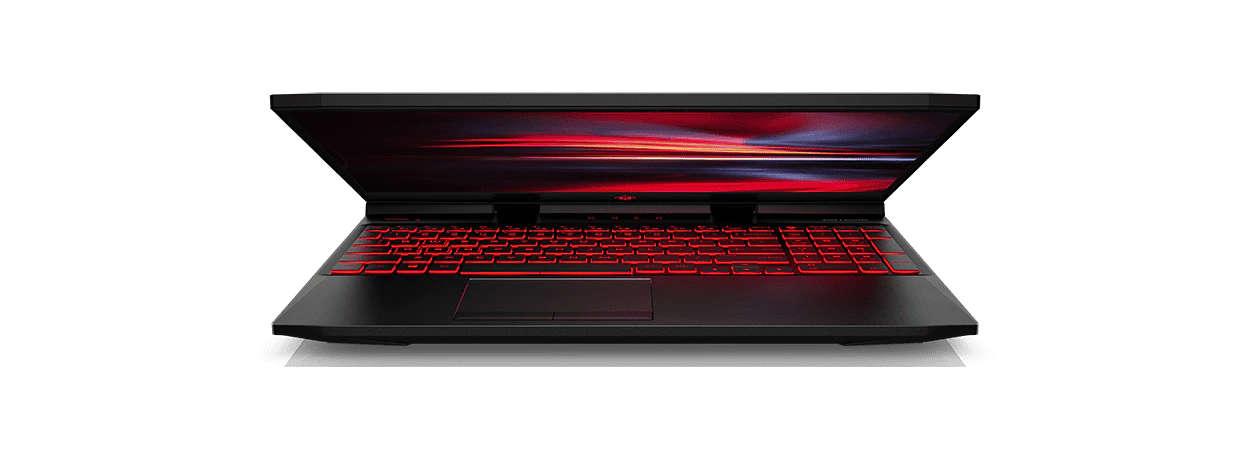Thank you for visiting the HONG KONG HP Store
-
Contact Us
CONTACT USChat with us
- Sales
- 85264507529(WhatsApp)
-

- Post Sales
- 85230016720(WhatsApp)
Mon-Fri 8.30am - 5.30pm
(exc. Public Holidays)
Live product demo
Store finder Locate our stores - Location
- My Account
Top 10 Chromebook Battery Care Tips


As with any piece of equipment, you need to maintain your laptop to help it run at optimal performance. Too often, people overlook caring for their laptop’s battery. Without proper care, the battery will degrade and hold less of a charge over time, meaning you’ll end up forgoing portability. Plus, you’ll have to replace the battery outright if it no longer holds a charge at all.
This is particularly troublesome if you own a laptop designed for mobility, like the Chromebook. If you own a Chromebook or plan to buy one of these versatile laptops, it’s important to maintain the health of its battery.
We’ll give the inside scoop on how you can stay ahead of most potential battery issues. First thing to do is to make sure it’s holding a full charge and running properly so you have a starting point.
How to check your Chromebook battery
When caring for your Chromebook’s battery, you need to check on its current condition. This will help you determine the steps you need to take to maintain the battery's health. Fortunately, you can do it directly within the Chrome OS (the Chromebook operating system):
• Enter Crosh (Chrome OS version of Command Prompt) by pressing Ctrl+Alt+t
• Type in the phrase “battery health” and hit Enter
• You should see a rundown of the battery’s health as a percentage. It will also tell you the battery’s current operating capacity
To look into this further, you can scroll down in the Crosh and look at the battery discharge test. This will tell you how much of your battery drains in five minutes, which gives you a good idea of how long your battery will last on a charge.
10 best ways to take care of your Chromebook battery
Once you check your Chromebook battery and know its current health, it’s important to do everything you can to improve its longevity. While batteries are replaceable components on Chromebooks, it’s more affordable (in both time and money) to keep the factory battery going for as long as you can. To do so, consider the following tips.
1. DON'T LET YOUR CHROMEBOOK RUN HOT
It’s crucial to make sure that your Chromebook battery doesn't overheat, which means you have to be conscious about how you use the laptop itself. For example, don’t run too many high-intensity processing tasks on your Chromebook at once, because this will overwork the CPU and, in turn, can cause the battery to overheat.
You also want to keep your Chromebook in the proper weather conditions to avoid overheating.
• If you can, store it in a cool area.
• Never leave it running in direct sunlight, particularly during the hot summer months.
• Keep it away from heating vents so you’re not accidentally getting it toasty during winter months.
2. AVOID USING FAULTY OUTLETS
While out in public, you may be tempted to plug your Chromebook into outlets in a shared space. While this makes sense if you're in a coworking space or coffee shop, you want to make sure the outlet is working properly.
We know that you can’t exactly test a public outlet with a voltage tester, but you can mitigate the risk. How? Just make sure your Chromebook power adapter is in good condition, that it fits correctly, and that it matches the outlet’s plug type. If it’s damaged, don't use it in a public outlet. And make sure to avoid third-party chargers altogether.
3. USE A SURGE PROTECTOR
Consider using a power strip with a surge protector when plugging in your Chromebook, no matter where you are. This will help you avoid any power-shortage issues, and it will increase your charging efficiency, lengthening the battery’s life.
It’s not as easy to use a power strip with a surge protector when you’re in a public space. However, you could travel with a small, portable surge protector if you’re concerned about faulty outlets or sudden power surges.
4. PROPERLY VENTILATE YOUR CHROMEBOOK
You can manually ventilate your device by connecting a USB cooling fan. This will help keep temperatures at a reasonable level and make sure that the Chromebook battery doesn't overheat. You could also elevate the device by using a compatible laptop stand.
5. TRY TO KEEP BATTERY LIFE BETWEEN 40% AND 80% AT ALL TIMES
Just like its other components, Chromebook batteries need their rest. If you continually let your Chromebook run out of juice and then charge it up to 100%, you’ll shorten the battery’s life by making it go through a full cycle each time. Instead, keep the battery between 40% and 80%, which gives it enough charge on a regular basis without overstressing it.
6. ADJUST BRIGHTNESS AND BLUETOOTH SETTINGS
The more you cycle through charges of your Chromebook, the more you will degrade its battery. Minimize your battery usage by reducing or turning off features and settings you don’t actually need. One example is lowering the brightness setting on the display to better match your environment. Also, turn off Bluetooth whenever you’re not using it.
7. USE A SMART PLUG TO AUTOMATICALLY ADJUST CHARGING MECHANISMS
Smart plugs may superficially resemble power strips, but they have many capabilities, including helping your Chromebook's battery. Unlike a traditional power strip, you can actually program a smart plug. For example, if you don't want your Chromebook battery to charge beyond 80%, you can program your smart plug to stop charging it after a certain amount of time. This can help to maximize the battery’s potential without needlessly degrading it.
8. REGULARLY MONITOR YOUR BATTERY HEALTH
It is an inevitable fact of life that all batteries eventually degrade, and Chromebook batteries are no exception. However, you want to keep a continuous eye on its health in order to best plan for how you’ll care for it.
You know you can check on your Chromebook battery using Crosh, but it’s important to do so regularly. Knowing the battery’s power capacity can also help you to best strategize on how to get the most use of it without exposing it to more decay than necessary.
9. USE NEW CHROMEBOOK POWER-SAVING OPTIONS
One of the best things about Chromebooks is how easy it is to use Chrome OS. No surprise, then, that Chromebook OS features power-saving options to help extend battery life. To access these features:
• Click into the 'power' tab in the Settings menu
• In this menu, specify whether you want the Chromebook to go to sleep or stay awake both when you leave it idle and when you close the lid
These additional power-saving options allow users to control their Chromebook’s behavior when the device is in sleep mode or when the lid is closed. While you won't be able to directly specify a time limit on idling – the default is six minutes – you can specify whether you want your Chromebook to keep the display on, turn off the display and stay awake, or turn off the display and sleep.
To save the most power for your Chromebook battery, you should choose the turn off the display and sleep option.
10. CLOSE YOUR CHROME TABS WHEN YOU'RE DONE USING THEM
One of the biggest drains on the Chromebook battery is the use of Google Chrome itself. The web browser can use quite a bit of your computer’s resources for several reasons, including extensions you use and the number of open tabs. (Studies show you will open an average of 40 tabs per hour. Don’t believe us? Just check your history.)
While Google took steps to improve Chrome’s performance, you can also take your own steps to lessen the browser’s impact. For one, you can suspend tabs you’re not currently using through a third-party Chrome extension. More open tabs use more resources, which requires more battery power to maintain, so suspending them helps to better preserve your Chromebook battery.
Summary
Like any device, taking care of your Chromebook battery requires care and attention. Not only do you need to regularly check on its health, but you need to make sure it’s not exposed to heat or similarly negative conditions. Likewise, keep it properly ventilated and charged.
When caring for your Chromebook battery, treat it like any piece of degradable equipment and try to preserve it as long as possible. While you can always swap out your Chromebook battery, it’s better for your budget and schedule to care for it now so you don’t have to worry about fixing or replacing it later.
- Sales
- 85264507529(WhatsApp)
-

- Post Sales
- 85230016720(WhatsApp)
Mon-Fri 8.30am - 5.30pm
(exc. Public Holidays)
Live product demo








